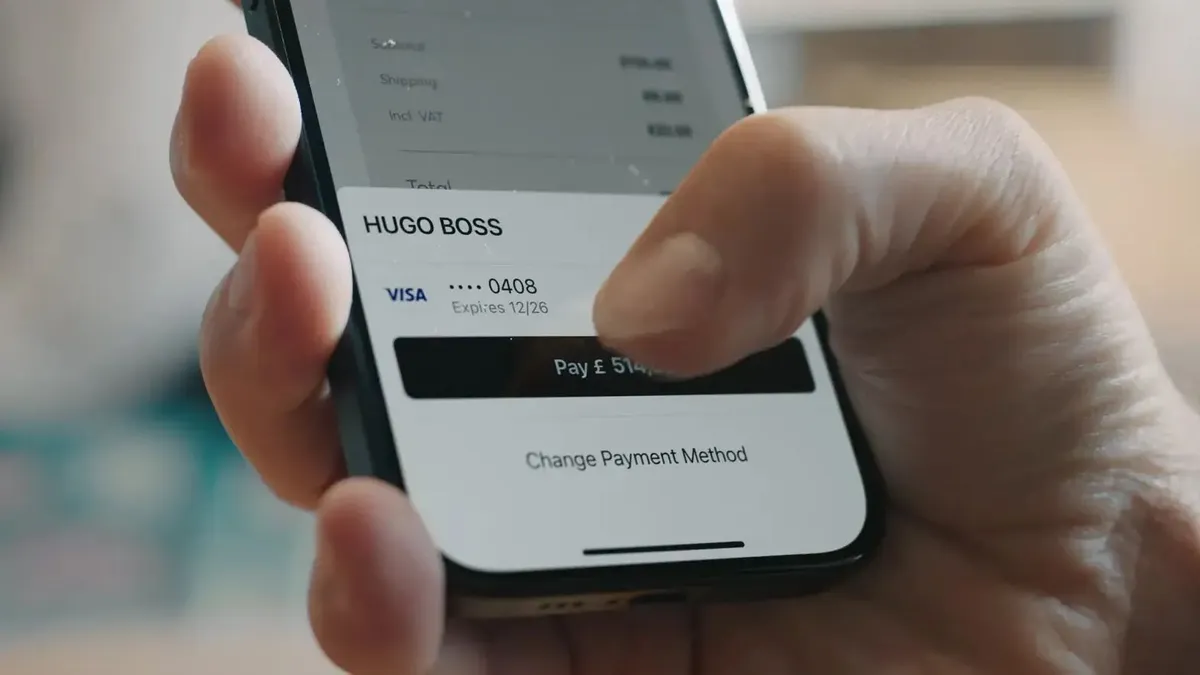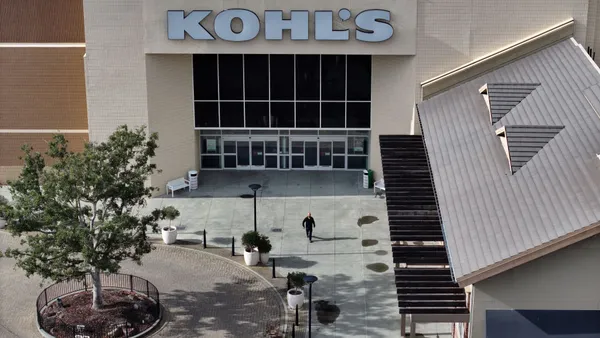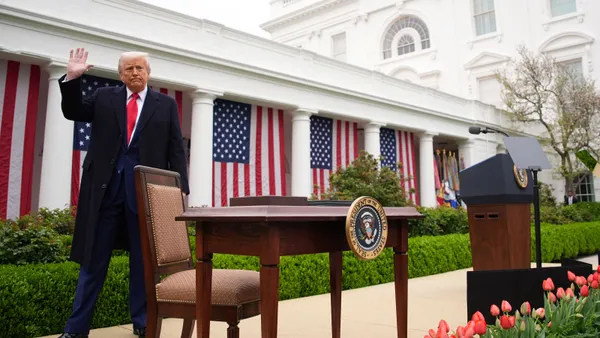Luxury brand retailers have high expectations. They aim to provide exceptional personalized service and a seamless experience, whether the customer shops online, in-app or in-store. And an excellent experience doesn’t stop once a product is selected.
Retailers must also ensure the payment experience is on-brand and consistent with the rest of their experience. However, even in the world of luxury, payments can be filled with friction or disruptions stemming from operational inefficiencies, technical problems, or other issues slowing or derailing a sale.
To counter those disruptions, luxury brands like Hugo Boss and Prada Group have focused on innovative ways to create tailored services, with payment partners like Adyen, that align with their overall luxury shopping experience.
New customers, new standards of service
The luxury market has changed recently as retailers broaden their product lines to increase their audience and revenue potential. Luxury is no longer just for a select group, Saks CEO Marc Metrick explained in NRF’s podcast, Retail Gets Real. Instead, that group is a continuum that includes the traditional luxury customer as well as the emerging one, who may not have the budget for all luxury all the time, but does indulge in premium products occasionally.
Customer expectations are also increasing across the board. This is especially true as the luxury market evolves, said Pati Partelow, Managing Director, Payments Competency Leader, EY, in a recent webinar. “My best experience somewhere becomes my minimum expected experience everywhere.”
Retailers also know that meeting the high expectation bar builds loyalty, repeat purchases, and referrals. To meet the expectations of the spectrum of luxury customers, retailers need to offer their customers the following:
-
An uninterrupted shopper journey online, in-store, and beyond. Partelow said that in the past, high-end stores’ ecommerce experiences didn’t deliver the same exceptional treatment offered in-store. “It took [high-end stores] some time to really think about the technology and what was needed online to replicate that in-store experience.”
-
A unified commerce experience. Unified commerce is a step up from omnichannel and integrates both customer-facing and backend systems. Connecting the technology running and operating the store on a single platform speeds and streamlines processes.
-
A streamlined shopping journey. From the moment a customer enters the store, the shopping trip should be smooth and efficient. Payment should be the same. Instead of customers searching for a cashier or standing in line at a register, luxury retailers rely on team members using handheld devices that allow them to go to the customer to initiate payment.
A personalized experience. Retailers strive to treat all customers well, knowing that luxury customers expect a high level of individual service. According to The 2024 Adyen Index, 43% of global consumers prefer retailers who remember their preferences and previous shopping behaviors to create a more tailored shopping journey. With this in mind, retailers can offer this enhanced level of “concierge retail” by using AI and other tools to help team members create individualized service.
Creating a tailored payment experience
Although there are common elements involved in implementing a bespoke service, luxury brands must ensure their efforts fit their brands’ goals and styles.
Hugo Boss and Prada Group are two examples of premium brands that require different approaches and solutions for providing elevated payment service while remaining true to their brand experiences.
Hugo Boss: Seamless payments for the new generation of customers
Customers’ time is valuable, and luxury brand retailers want to ensure shopping is as convenient and seamless as possible, both online and in-store. For Hugo Boss, a global premium fashion company, that included providing a shopping experience where consumers didn’t need to stand in line to pay. To address this need, Hugo Boss introduced shelf-side checkout, so staff can use mobile terminals to help customers anywhere in the store.
Beyond debit and credit cards, the company also offers mobile payment platforms and safeguards payments using Visa’s EMV 3D Secure (EMV 3DS) technology. EMV 3DS provides an additional layer of defense for payment authentication, ensuring transactions are genuine and secure in real-time.
For further flexibility, Hugo Boss offers shopping by payment link, using Adyen’s Pay by Link solution. With this feature, Hugo Boss can generate and send payment links to customers through email and other channels for a versatile checkout experience.
Together, these technologies create end-to-end financial flows with data. By combining these payment technologies and data-driven insights, Hugo Boss can personalize shopping experiences at every point in the customer journey.
“The new generation of customers seeks a shopping experience where they don’t have to stand in queues. They want to select their items and complete the payment seamlessly, and we can offer exactly that,” said Jan Philipp Wintjes, EVP of Global Omnichannel, Hugo Boss.
Prada Group: Payment innovation for store evolution
When Prada re-engineered their technology, they wanted to focus on making the payment moment seamless. To do that, they implemented Adyen’s Pay By Link feature to generate payment links through WhatsApp, email, phone, and other channels.
These features let Prada contact VIP customers about the latest styles or specials and allow customers to purchase on the phone through secure links. With click-and-collect, customers can call the store to buy an item. In stores, in addition to using mobile terminals, Prada Group also implemented Tap to Pay on iPhone, so customers only need their phones to complete a purchase.
Prada also launched unified commerce, collecting all payment data from all channels. “We aim to offer the exact same experience every time we interact with the consumer online, in-store, at any other moment,” explained Prada Group CIO, Cristiano Agostini.
By breaking through silos and consolidating data, Agostini said Prada has the data and technology to serve customers better on all channels.
“Now we start working on using innovation to infuse this digital and technological component into everything we do to improve experience, to improve data, to improve everything,” he said.
For more information on how Adyen delivers payments, data and financial products all on a single platform, please visit Adyen.com.










